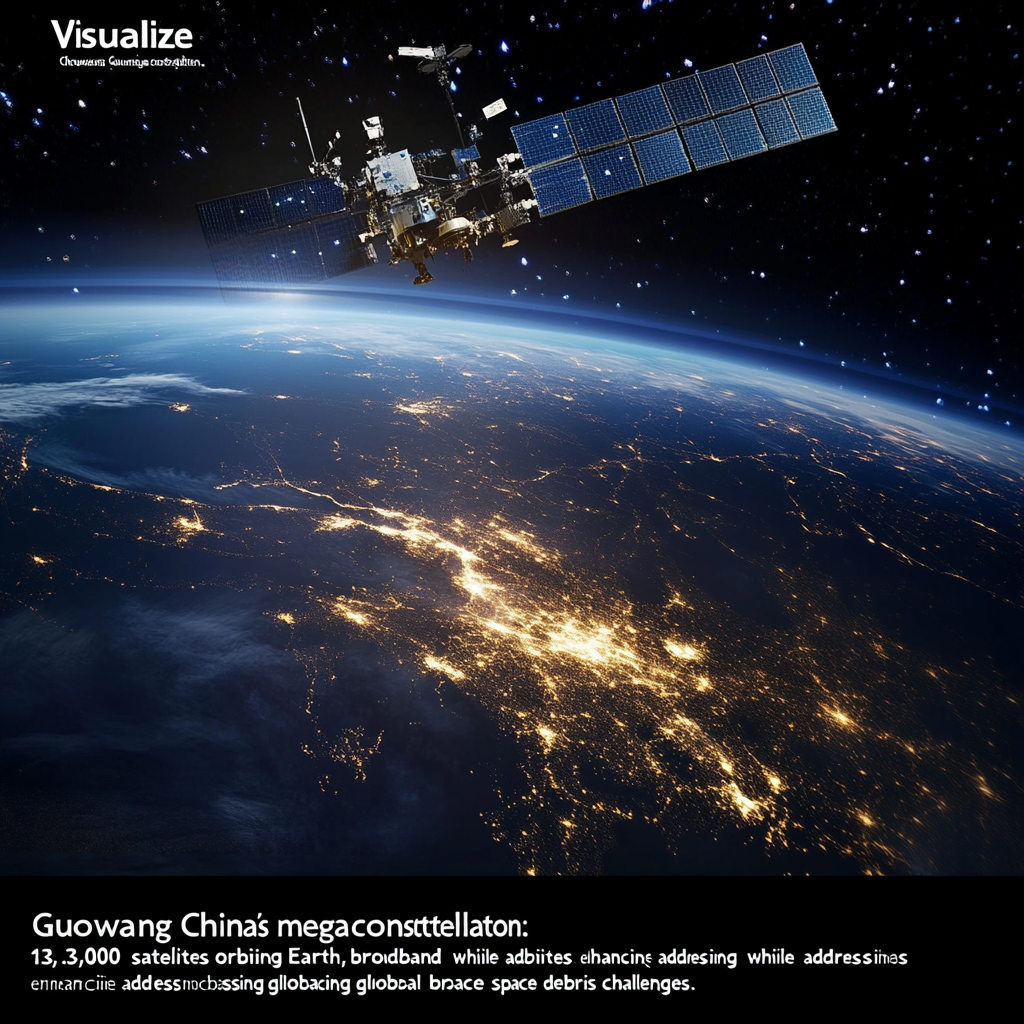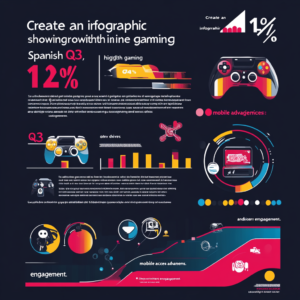
China Initiates Massive Satellite Network with First Launch
As we strut toward an exciting frontier where innovation meets the cosmos, let’s talk about something that’s been brewing—yes, a megaconstellation! The Celestial Dragon, aka China, is preparing for a dazzling leap into the cosmic ballet with its Guowang megaconstellation, poised to redefine broadband internet connectivity. It's like SpaceX's Starlink but with a distinctly Mandarin twist, promising to sprinkle that digital pixie dust globally, ensuring no corner of the Earth is left in the dark ages of connectivity.
On a crisp December day—mark it, December 16, 2024—the sky opened up to unveil a fleet of new satellites, launched beautifully aboard the Long March-5B rocket alongside the Yuanzheng-2 upper stage. Wenchang spaceport was the stage for this launch, and guess what? The Shanghai Academy of Spaceflight Technology (SAST) confidently confirmed that things went swimmingly! It’s as if the satellites, once bound by the tethers of Earth, have been unleashed to dance in the low-Earth orbit, bringing the exciting promise of fast internet wherever the satellites drift.
Imagine: a staggering 13,000 satellites skimming across the sky; that’s the dream laid out by the Guowang project. The name translates to "national network," and considering the sheer scale of the operation, it seems like it indeed could usher in a whole new era of connectivity. This ambitious project has been in the making since 2020, filed through the International Telecommunication Union (ITU), and is overseen by the China Satellite Network Group Co., Ltd. (China Satnet), which stepped onto the scene in April 2021.
The brain behind this behemoth of tech is aware that a large chunk of the Chinese populace still rests in the shackles of poor internet access—40% reside in rural areas, while a jaw-dropping 24% of citizens were still offline by 2022. That’s a dormant goldmine waiting to be tapped into! By providing robust broadband coverage, the Guowang megaconstellation is looking to revitalize how people connect and share, especially in regions starved for digital sustenance.
But wait! Hold the horses because the competition isn't just sitting idly by, soaking up sunshine while China launches its digital juggernaut. Enter the Qianfan project, or “Thousand Sails,” promising an arsenal of 14,000 satellites to complement the Guowang constellation. Managed by Shanghai Spacecom Satellite Technology, this initiative is designed to cater to the Internet of Things (IoT) brigade and all the autonomous vehicles zipping around like it’s a sci-fi flick. They’ve already put the pedal to the metal, launching 18 satellites, and there’s more to come.
Now, let’s sprinkle some concern into this bright cosmic broth. Space, despite being vast, isn't as empty as we’d like to think. The rising number of satellites leads to the haunting specter of space debris and collision risks. Amazon, not to be outdone, is getting ahead of the curve by fitting thrusters on its Project Kuiper prototypes for maneuverability—because nobody wants to have a cosmic game of bumper cars! Similarly, China’s launches have sparked whispers of worry, given their unpredictable trajectories and the hazard posed by boosters crashing alarmingly close to population centers.
The issue of space debris poses a significant challenge going forward, as the ambition to blanket the globe with satellites raises questions about sustainability. The more satellites sent skyward, the higher the chance of collisions, triggering a cascade effect of unfortunate space accidents. Hence, the quest for efficient debris mitigation strategies is more vital than ever—without them, our starry-eyed aspirations may just fizzle out into a cloud of junk floating around in zero gravity.
So, where does this leave us? As China's Guowang and Qianfan constellations kick off the next chapter in global internet services, the winds of change are upon us; think of it as the digital equivalent of a new dawn. The promise of connectivity to millions of previously cut-off souls, as these satellites begin their cosmic ballet, is exhilarating.
We’re witnessing a shift in the balance of power in the digital domain, one where accessibility and inclusion are at the forefront. Will this technology usher in a new age of interconnectedness and opportunity for everyone? Time will tell, but China has certainly thrown down the gauntlet.
With the first Guowang satellites now in orbit, we’re at the threshold of potentially transformative changes in both the internet landscape and the broader sphere of space technology, making this wearen'tjust observers—we’re witnesses to history.
Now, wouldn’t it be a delightful upside if, with just a few satellites and a sprinkle of ingenuity, we could redefine what it means to be connected? Lighting up the dark corners of the globe with invisible threads of data might just be the next big adventure we embark on.
Want to stay up to date with the latest news on neural networks and automation? Subscribe to our Telegram channel: @channel_neirotoken

